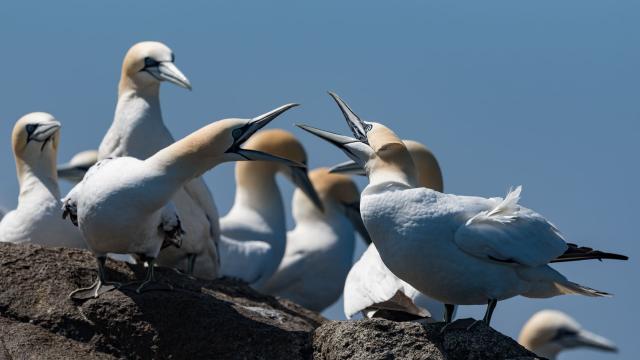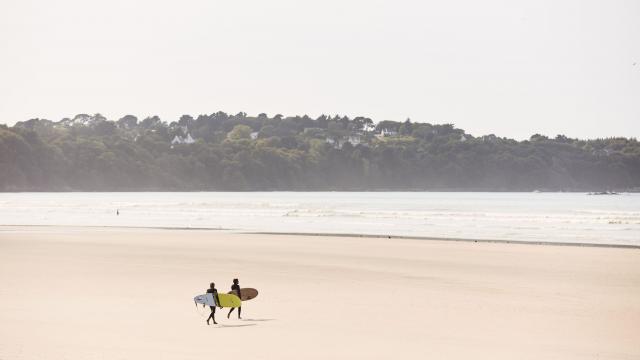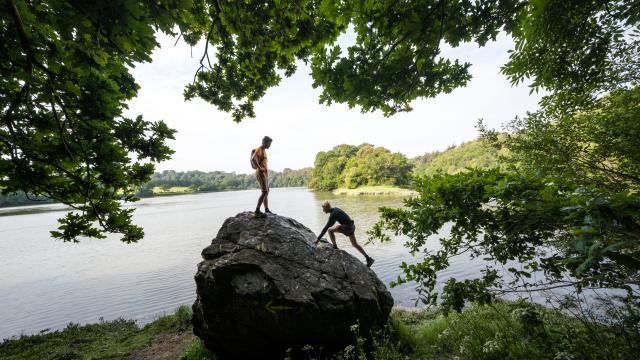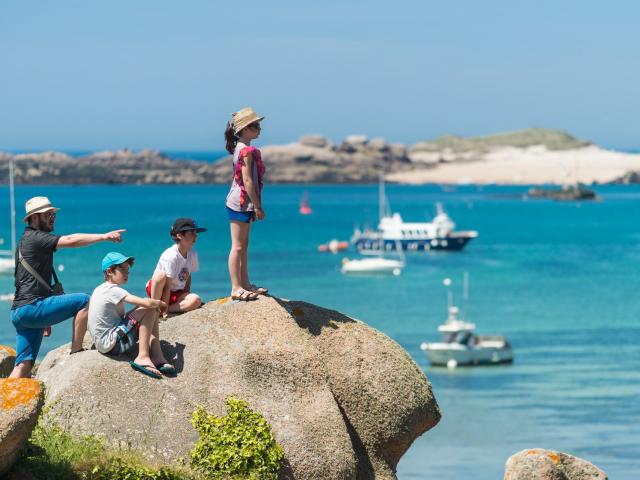The European otter
After almost disappearing from Brittany, the otter has been re-colonizing the rivers of Trégor and Brittany since the 1980s. Once diurnal, it has learned to be discreet and it’s a rare privilege to be able to observe it while fishing. You’ll be able to make out its catiches (shelters) in the folds of the banks or spot its epreintes (“droppings”) left on the rocks to mark its passage, or even the remains of meals (fish, amphibians…).

Where can you see otters?
Period: all year round










































































